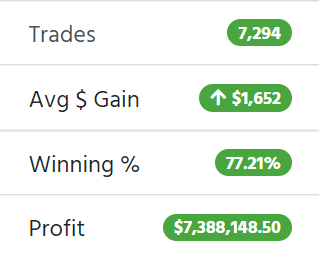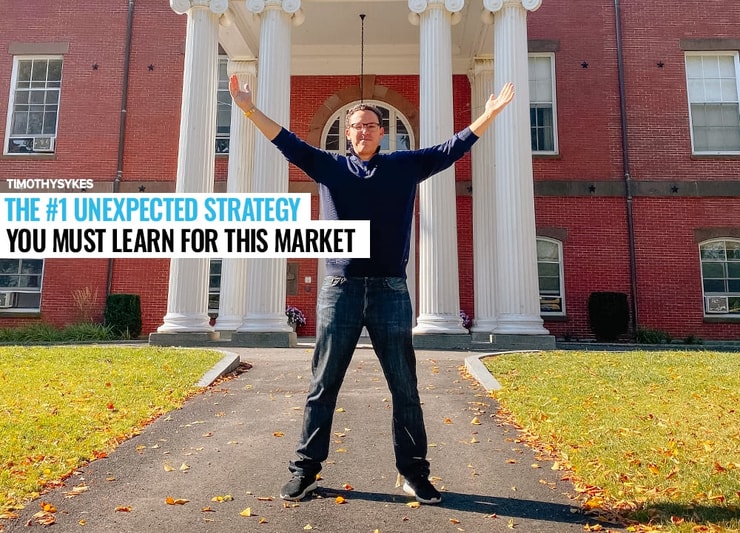So far this year, it’s been pretty ugly for the broader market. Take a look at the S&P 500 ETF Trust (NYSE: SPY). It just failed the all-important $460 level.
And it’s no secret why.
The world economy is on shaky grounds.
I could talk at length about inflation, supply chain mishaps, the Russian-Ukraine war, and sanctions against Russia. Speaking of which, I just read this in the news…

But despite all the uncertainty out there. I’ve managed to stay profitable. Here’s a screenshot from my Profit.ly…

And I’m not trying to shove my success in your face — especially if you’re struggling in the current market.
I want you to realize there’s a way to trade smart. And I can teach you.
I’ve been trading for +20 years. After countless market reversals, I’ve still managed to come out on top. It’s because of my unique strategy.
And it’s the same strategy my top students learned…
The Top Strategy Now Isn’t What You Think

2025 Millionaire Media, LLCI’ll tell you what most traders are doing right now…
They’re panicking. The markets are taking a beating, and everyone’s trying to squeeze out a profit.
But not me.
Confused? Let me explain…
I haven’t traded much lately. When the markets slow down, I take a step back.
As a day trader, I only focus on certain patterns and setups. If I don’t see something I like, I don’t get in.
That’s the beauty of day trading. I sit in cash. So while everybody else is losing money in the market, I patiently wait for the perfect play.
Sure, sometimes my trades don’t work out. Nobody’s perfect. In fact, I only win 77% of the time.
I know that because I track all my trades…

And I’ve learned to control my losses.
Here’s the strategy…
Limit Your Losses

2025 Millionaire Media, LLCRemember, I focus on specific patterns. Those patterns allow me to buy with low risk and a specific loss level.
(Here’s my favorite pattern right now.)
That means if the price falls below a certain point, I cut it. The trade’s a fail, so I move on.
So the #1 strategy you need in this market — and every market? Cut losses quickly. Keep your losses smaller than your gains.
Don’t get hung up on losses. Instead, learn from them. And spend time looking for your next best play. There will always be another one.
I can teach you the patterns, no problem. But not in this post. That would take too long. And I already have a stockpile of study material for students to learn from.
If you really want to learn my strategy …
Apply for my Trading Challenge
I have 20+ millionaire students who started where you are today. Then they decided to join me. You can too!
Have you been overtrading in this market? How many trades do you make a day? Don’t be nervous to share — let’s learn from each other!








Leave a reply